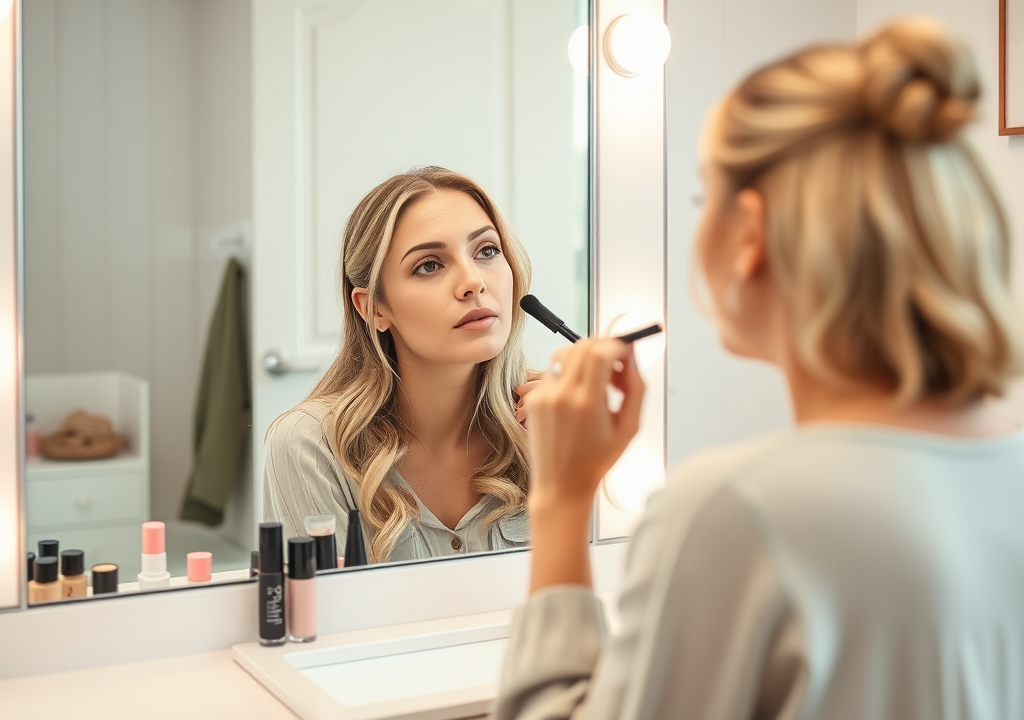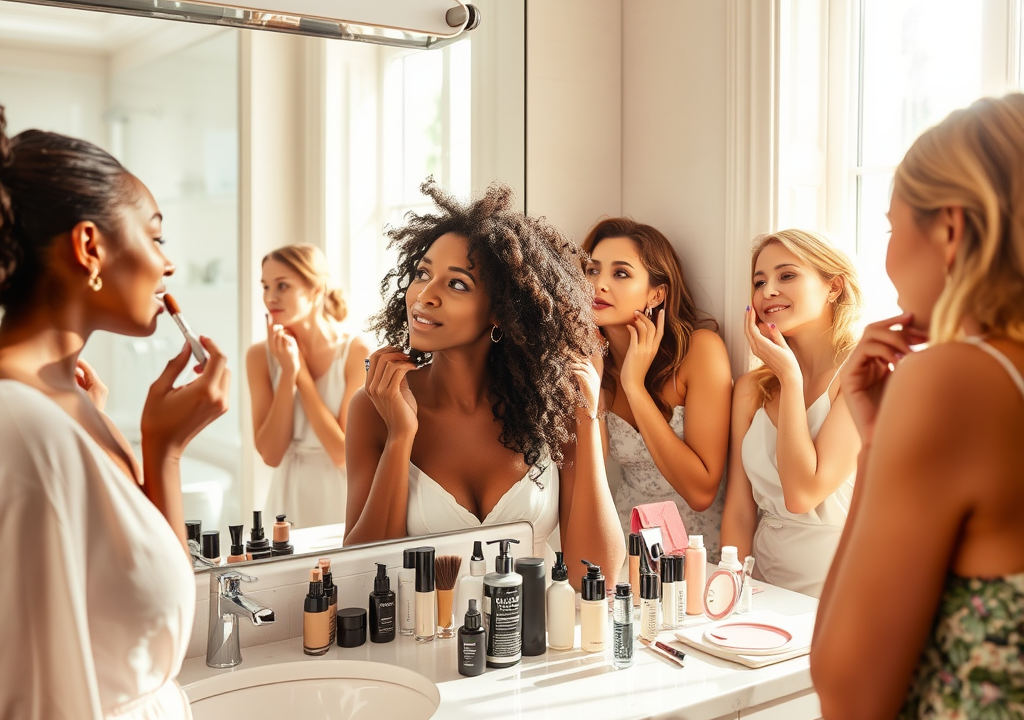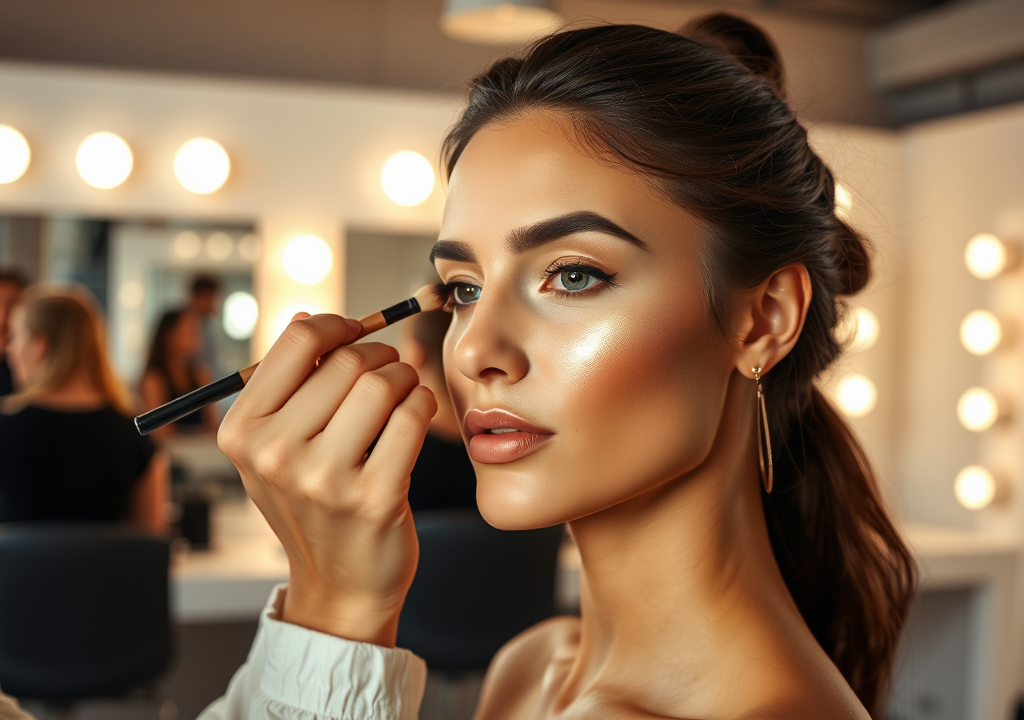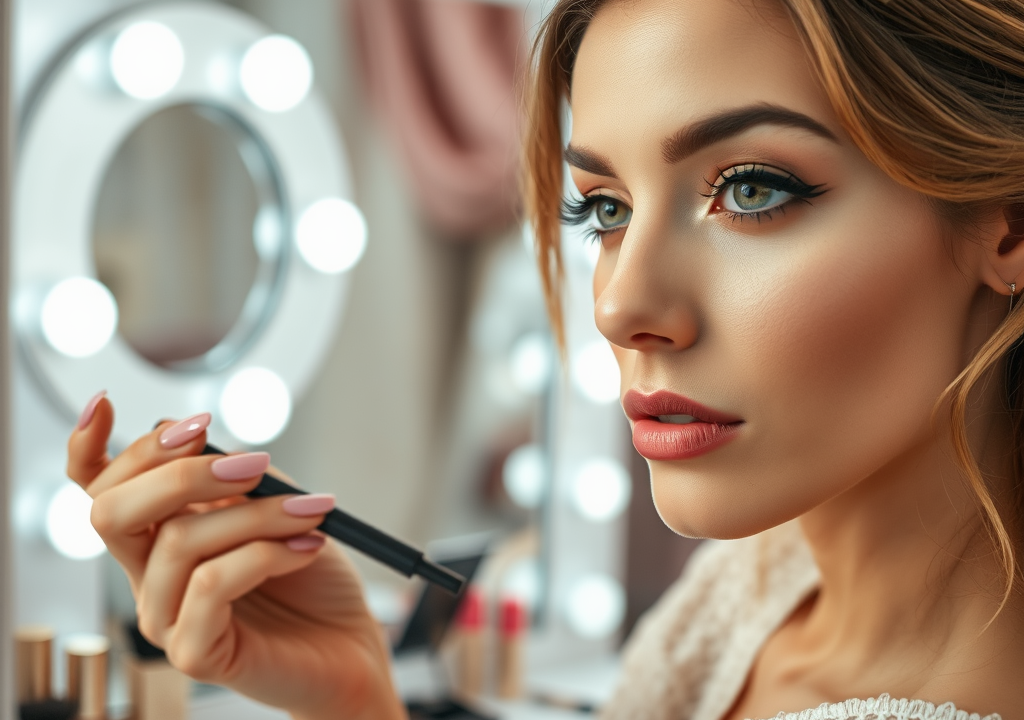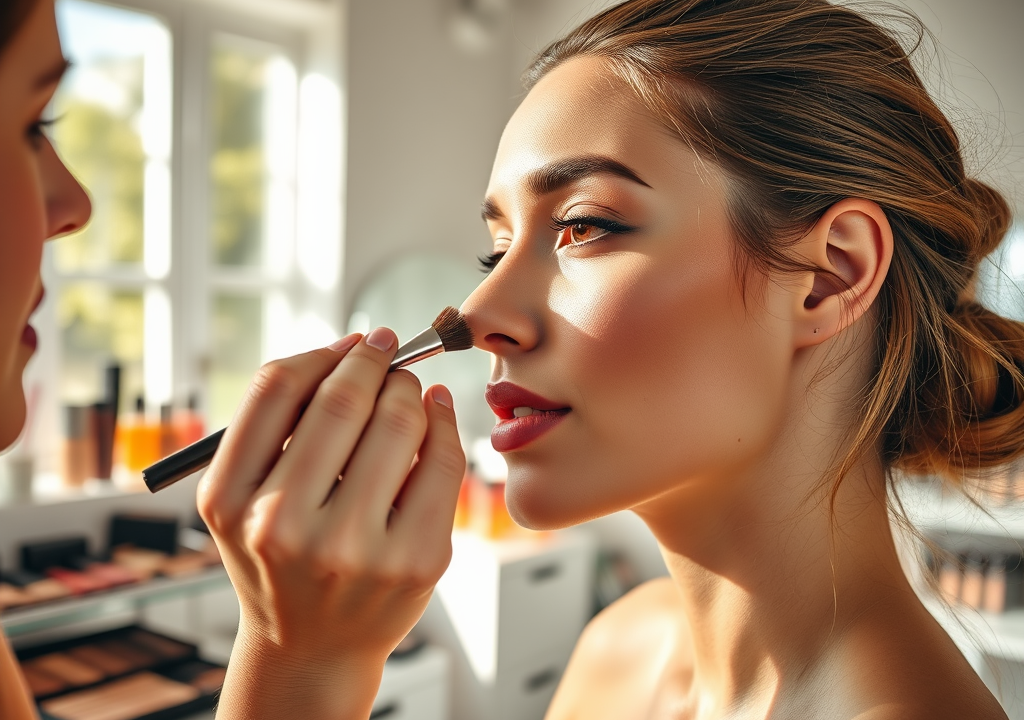Retinol is a powerhouse ingredient in the skincare world, widely revered for its effectiveness in tackling issues related to aging and acne. However, misconceptions about this potent ingredient are common. In this article, we will debunk the three most pervasive myths about retinol, offering clarity for those looking to incorporate it into their skincare routines.
Myth 1: Retinol Causes Skin Thinning

One of the most widespread myths about retinol is that it causes the skin to thin. This misconception likely arises from the initial peeling and flakiness some people experience when they first begin using the product. In reality, retinol works by accelerating cell turnover, thereby exfoliating the outer, dead layers of skin. Over time, this process actually thickens the dermis—the deeper layer of skin—by stimulating collagen production. Far from thinning the skin, retinol can make it healthier and more resilient.
To mitigate initial sensitivity, it is essential to introduce retinol gradually. Begin with a low concentration, and consider using it every other night to allow your skin to adapt. Pairing retinol with a good moisturizer can also alleviate initial dryness and peeling, helping to maintain the skin’s hydration levels. By using retinol responsibly, you can pave the way for a stronger, more youthful complexion.
Myth 2: You Can’t Use Retinol During the Day
Another common myth is that retinol should never be used during the day. While it’s true that retinol can make your skin more sensitive to UV rays, it doesn’t mean it can’t be used during daylight hours—provided proper precautions are taken. The key is to apply a broad-spectrum sunscreen with SPF 30 or higher if you’re using retinol during the day.
Additionally, consider integrating antioxidants like vitamin C into your morning routine to further shield your skin from environmental damage. If you’re still worried about sun exposure, using retinol at night remains a popular and effective option. The nighttime application allows your skin to undergo its natural repair process unimpeded by external factors, maximizing the benefits of retinol.
Myth 3: Retinol is Only for Aging Skin
Many people believe that retinol is exclusively for those looking to combat signs of aging. While it is undeniably effective in reducing fine lines and wrinkles, retinol offers benefits for a range of skin concerns across various age groups. Young adults dealing with acne can also benefit from retinol, as it helps to unclog pores and reduce inflammation.
Moreover, retinol can improve skin texture, even out skin tone, and reduce hyperpigmentation, making it a versatile ingredient suitable for anyone aiming for a clearer complexion. Whether you’re battling early signs of aging or persistent acne, retinol can be a valuable addition to your skincare arsenal.
Tips for Using Retinol Safely
To maximize the benefits of retinol while minimizing potential drawbacks, follow these key tips:
-
Start Slowly:
Introduce retinol gradually, beginning with low concentrations and increasing as your skin acclimates. -
Use Sunscreen:
Always apply a broad-spectrum sunscreen if you’re using retinol during the day. -
Hydrate:
Pair retinol with a good moisturizer to alleviate initial dryness and flakiness. -
Monitor Your Skin:
Pay attention to how your skin reacts and adjust your routine accordingly. -
Consult a Dermatologist:
If in doubt, consult a skincare professional to tailor retinol use to your specific needs.
Conclusion
Retinol remains one of the most effective ingredients for a range of skin concerns, from aging to acne. However, myths and misconceptions can cloud its benefits. By dispelling the myths that retinol causes skin thinning, should only be used at night, and is exclusively for aging skin, we pave the way for clearer understanding and effective usage. Always introduce retinol gradually, protect your skin from the sun, and pair it with supportive skincare products. With these guidelines, you can make the most of retinol’s benefits and achieve healthier, more radiant skin.
FAQs
1. Can retinol make my skin worse before it gets better?
Yes, it’s common to experience some initial dryness, peeling, or breakouts when you first start using retinol. This period, often referred to as “”retinoid uglies,”” generally subsides as your skin adjusts to the treatment.
2. How often should I use retinol?
Starting with 2-3 times a week and gradually increasing to nightly use is a general recommendation. However, your specific tolerance and skin type should guide your routine.
3. Can I use retinol with other active ingredients?
Yes, retinol can be used alongside other active ingredients, but it’s essential to proceed with caution. For example, using retinol with vitamin C can enhance your skincare routine but may increase irritation. Consult with a dermatologist for personalized advice.
4. Is it safe to use retinol during pregnancy?
Most dermatologists advise against using retinol during pregnancy due to potential risks to the developing fetus. Alternatives like bakuchiol are often recommended for expecting mothers who want similar benefits.
5. How long does it take to see results from retinol?
Skin improvements can typically be seen within 4-6 weeks of consistent use. For more dramatic changes, such as reduced wrinkles or enhanced skin texture, it may take up to 3-6 months.
